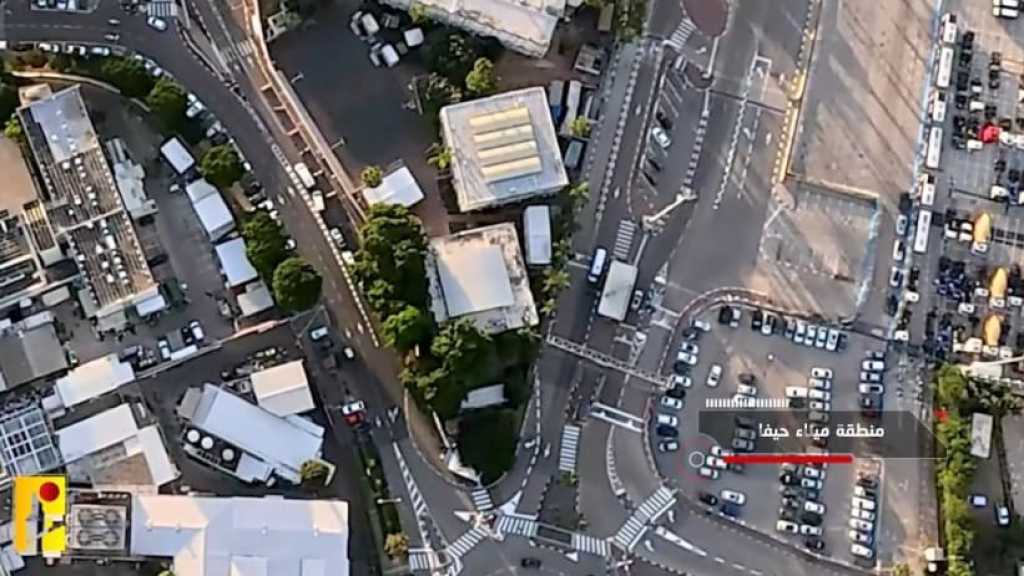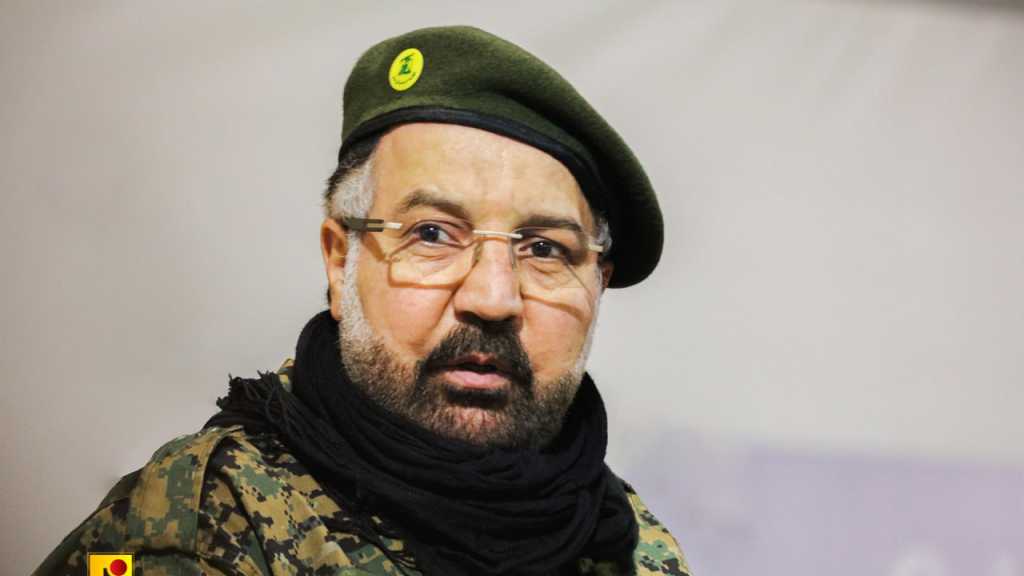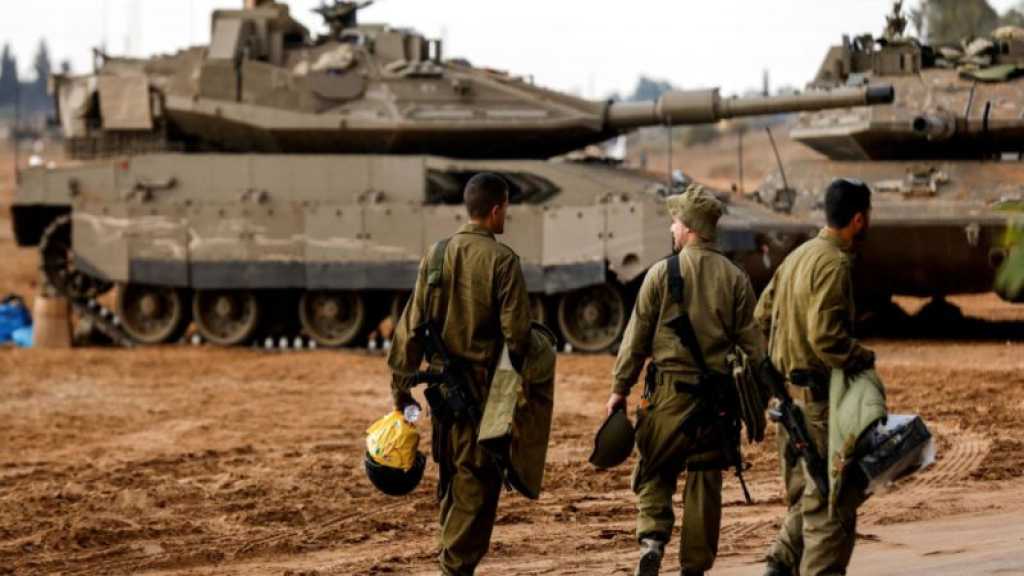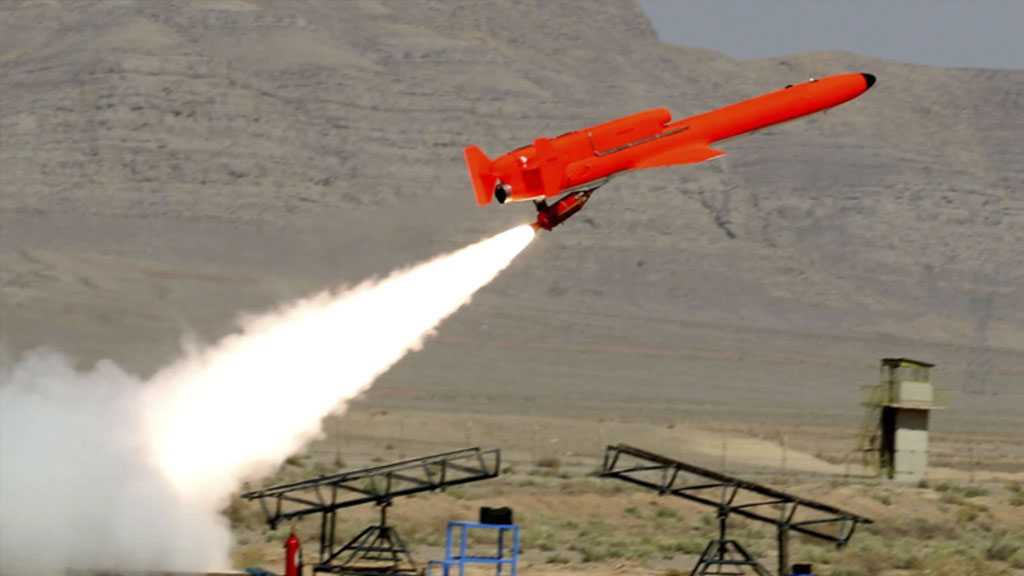This Is What “Could be Eliminated in 30 Minutes!”

By Hawraa Kobaissy, Al-Akhbar
In his latest speech, Hezbollah Secretary General Sayyed Hassan Nasrallah mentioned factories that are worth $130 billion in the entity’s North, whose establishment lasted 34 years, and which “could be got rid of in half an hour.” So, the question that the enemy’s leadership faces is: What if the price of a wide-scale operation Southern Litani would cost the entity its head? 132 economic facilities that are located in the Northern part of occupied Palestine at a depth similar to the area stretching to Southern Litani are estimated to be worth $156.4 billion. Those will make the cost of war cross its benefit, no matter how big it was, in comparison with the size of costs, and the nature of its strategic impacts on the entity.
Hence, the enemy has every right to be at the crossroads of the limits of power and the limits of capability when it comes to making any initial decision related to a wide-scale operation against Lebanon. This is not because the entity’s hand doesn’t reach the Litani or even farther, but rather due to its failure to restore what the strikes of Resistance would damage in its “DNA”, which is necessary for its existential survival.
The enemy’s leaders know that once the economic weight in the North is harmed, the entire entity will tremble. All major companies in “Israel” take a large share of their offices and main headquarters in the Middle, but they concentrate their industries, factories, and production lines in the North, where lands are cheaper in cost, and to take advantage of the support given by the government in the North, as well as to benefit from the low labor cost in comparison with the middle areas.
For example, 60% of the entity’s refining capacity is concentrated within the “Bazan Group” in this region. Additionally, only one strike at “Dagon” Silos, the mother store in “Israel”, means striking 80% of the entity’s reserve of wheat and grains [3 million tons]. Here we can refer to the malfunction that hit the silos emptying system in 2022, which caused a 50% decline in the average of emptying. Although the malfunction was soon fixed, it was considered a threat that “harms ‘Israel’s’ food supplies and cuts off its bread,” according to a statement at the time by the Chairman of the Grain Importers Association, Itai Ron.
Another question the enemy’s leaders have to find an answer to is: Is there any mechanism to deal with electric power outage hitting 2.5 “Israeli” families in case of strikes against the “Israel Electric Corporation”, or the “Orot Rabin” Power Plant, the biggest power plant in “Israel”, which both are located within the geographic borders of the factories to be targeted in the Northern Area?
The economic weight in the North also includes ISCAR Ltd., one of the world’s biggest metal and lathes cutting tools companies. This means damaging the sector of heavy industries, and the global supply line, along with the “Israeli” reputation.
Plassim Ltd. also has the same weight on the level of its importance. The targeting of the biggest company that manufactures the plastic piping systems of the “Israeli” infrastructure will lead to a disorder in the rehabilitation and manufacturing of water and sewage networks, and even the electric, telecommunication, and gas distribution cables. Not to mention, paralyzing the industrial production line in case Aizinberg Hydraulics, the biggest company of hydraulic systems in “Israel”, was hit, will put the industrial machines at the major industrial facilities, electric engines, and trailers, out of service. This definitely applies also to whatever has to do with military industries.
There is also in the North a company named Adom Adom. It controls 40% of the total meats market in “Israel.” And Tnuva, which is the biggest food industries company, controls 70% of the dairy market sales. Barkan Winery is the first and oldest winery, which exports 15 million bottles every year, and uses around 50% of the vineyards production. Moreover, there are chemical, papers, and textile industrial sectors, and 13 factories that manufacture the “Israeli” needs to rehabilitee facilities and infrastructure, and to maintain malfunctions such as Ammonia leakage, cranes and compressors, as well as ships, planes, and mechanical equipment. This harms the “Israeli” ability to a speedy recovery and fails any attempt for immediate restoration to resume the production lines during the war.
Away from the Ammonia reservoirs in Haifa, and based on data presented by the “Shapir Committee” that was formed by the “Israeli” Ministry of Environment to learn lessons from the “Second Lebanon War”, any strike targeting the ICL Group Factory for chemical industries in the North will affect 70,000 persons within a range of 8.2 kilometers.
In any case, hadn’t “Tel Aviv” been able to compensate the $165.4 billion – which is only the price of the asset values of the factories -, then the process of rehabilitation and preventing the migration of factories from the North will be harder to bear.
“Israel” doesn’t have any strategy to justify the feasibility of losing the “economic security” of settlers in the North. It has no idea how to convince those that losing jobs, which they consider a heritage of values, would be compensated for. “Israel” will have to engage in a process of remaking the culture and identity of its economic society. How would a fourth-generation settler, who runs a factory whose grandparent have inaugurated with a sewing machine he brought with him when coming from Poland, understand that what has been built by his ancestors was already lost?
Comments




